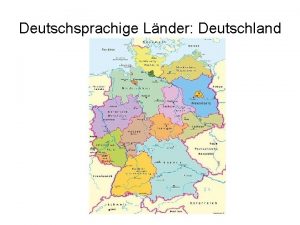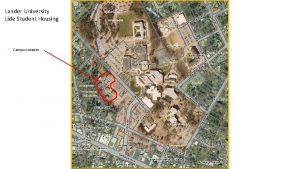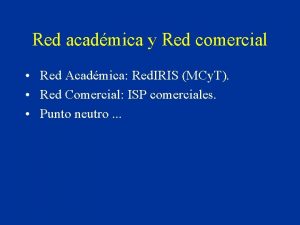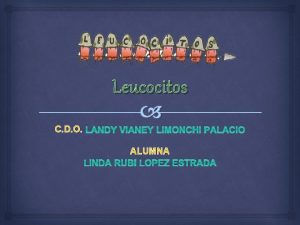Lander Project RED ONE DiazMendoza Courteany Martinez Landy







- Slides: 7

Lander Project RED ONE Diaz-Mendoza, Courteany Martinez, Landy Cardenas, Bryan Moses-Caldera, Cameron Cardoza, Ulises

Landing Data Test 1: Lander Group: Red 1 Weight (g): 202 Maximum Velocity: 12. 310 Test 2: Lander Group: Pink 7 Weight (g): 102 Maximum Velocity: 10. 544 Test 3: Lander Group Pink 4 Weight (g) : 232 Maximum Velocity: 13. 751 m per second The relationship between maximum velocity and the weight of the landing platform is the less the lander weighed the lower the maximum velocity was. And the more the lander weighed the higher the velocity was.

Logger. Pro Plot of Lander Descent Path

Technical writing directions on how to build your lander Technical Writing The steps below will show you the process on how to build your own Lander. The Lander could be used to save a falling egg, or any other small fragile material of your option. If the instructions below are not as followed then the egg, or the fragile material inside the box, is not for sure going to be protected as well as it should be, and maybe break. You will need the following materials listed below. 1 box 4 inches, another box 2 inches Bubble Wrap Cotton Balls Hot Glue Gun 3 Sponge Materials Paint Two Velcro pairs 4 Pieces of Cardboard Carton Holder Scissors

Technical writing Step 1. Grab your 4 inch box, and put a thick layer of cotton balls on the bottom of the box. (see Figure 1) Step 2. Put your 2 inch box inside the 4 inch box; try to place it in the center. ( see Figure 2 ) Step 3. Squeeze as many cotton balls as you can in all four sides between the 2" box and the 4" inch box Step 4. Grab the bubble wrap, roll it up and place it inside the 2 inch box. Step 5. Grab the Velcro and put the soft side on the outside of the 4 inch box side, and the ruff side on the inside cover of the 4 inch box. (see Figure 5) Step 6. Grab the cover of the 4 inch box, spread glue around on the inside of the cover, and put cotton balls on the glue. Step 7. After the glue has dried up close both of the boxes. Grab your paint and paint your box to whatever color you want. Step 8. After the paint has dried up, put your box upside down and grab your hot glue gun, add glue to the bottom and put the sponge material on the glue. Do the same thing to the other two sides that doesn’t have the Velcro. (see Figure 8) Step 9. Grab your 4 inch cover an add glue to the four corners. Lay the four pieces of cardboard on each corner, then glue down. Making it look like a helicopter top. (see Figure 9) Step 10. After the glue dries, Grab your egg carton holder, and the scissors, then you cut one of the egg holders out, both top and bottom. Step 11. Grab your egg and put it inside the Egg Holder, and wrap it up in a thin layer of bubble wrap. Step 12. Now you can place your egg inside the 2 inch box, after just close both of the boxes and you have a finished product.

Figures Figure 1 Figure 2 Figure 8 Figure 5 Figure 9

Landing Site Selection Landing Site Number: V 13984014 Latitude: 11. 720512 Longitude: 230. 65114 In the picture is a long stretch of flat land on Mars. We chose this location because it was a easy and safe landing. Also at this area we will have a less obscured view of the area around us allowing us to find potential areas of interest such as volcanos, dried up rivers, and other areas along those lines. We may also be able to see some natural caves that may provide us with some mineral samples.












